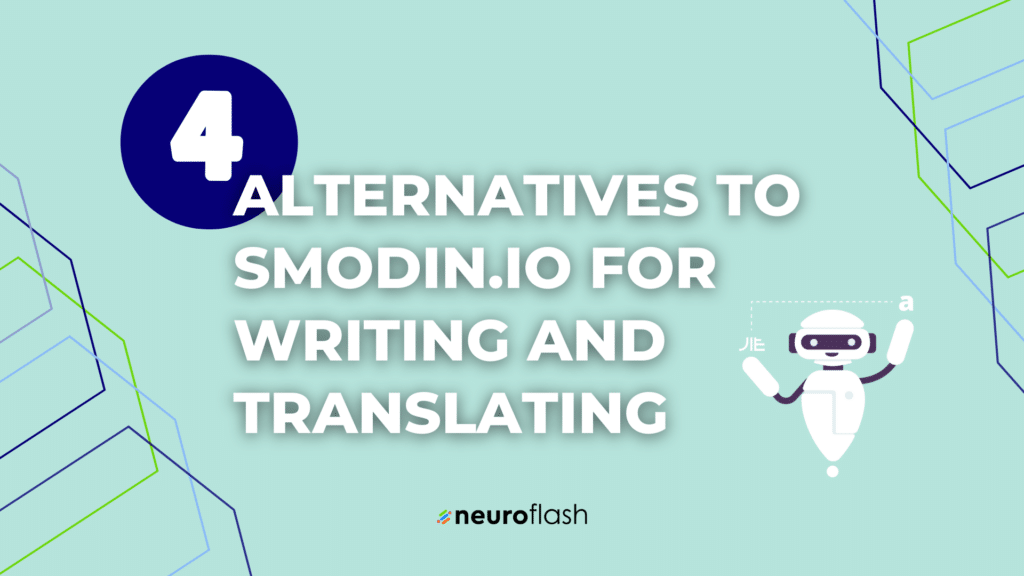Overview
Stable diffusion is a form of diffusion-weighted magnetic resonance imaging that aims to produce more stable and accurate results by reducing noise and artifacts. It is important for neuroimaging data analysis as it can improve the quality and reliability of brain connectivity maps.
Preprocessing Data
Preprocessing data is a crucial step to achieve stable diffusion. The data should be properly prepared to ensure that the diffusion signal is accurately measured. Preprocessing steps that are necessary for stable diffusion include correcting for motion and eddy currents, brain extraction, and spatial normalization. These steps can be performed using software tools such as FSL and SPM.
In addition, it is important to use the same preprocessing pipeline for all subjects and to compare stable diffusion results with other diffusion methods to ensure that the results are consistent and reliable.
Check out Neuroflash’s free tools for neuroimaging data preprocessing.
Parameter Selection
Choosing the optimal parameters for stable diffusion is crucial for obtaining accurate and robust results. Parameters that influence stable diffusion most include the noise model, regularization parameter, kernel bandwidth, and number of iterations. To select the optimal parameters, it is recommended to use cross-validation techniques and to test different parameter combinations.
For more information, check out Neuroflash’s examples of stable diffusion parameter selection.
Quality Control
Evaluating the quality of stable diffusion results is important to ensure that the results are reliable and accurate. Criteria that should be considered for quality control include visual inspection, signal-to-noise ratio, and reproducibility. It is recommended to use software tools such as MRtrix and DSI Studio for quality control.
Learn more about Neuroflash’s tips for evaluating the quality of stable diffusion results.
Interpretation of Results
Interpreting the results of stable diffusion can provide valuable insights into brain connectivity and function. Stable diffusion can be applied to a variety of neuroimaging studies, including studies of aging, brain development, and neurological disorders. Some potential applications of stable diffusion in neuroimaging include identifying white matter pathways, characterizing brain networks, and detecting changes in brain connectivity.
For more information, check out Neuroflash’s examples of stable diffusion interpretation.
Watch this video for a visual explanation of
Useful Tips
- Always compare stable diffusion results with other diffusion methods.
- Use the same preprocessing pipeline for all subjects.
- Perform quality control to ensure reliable and accurate results.
- Choose the optimal parameters using cross-validation techniques.
- Interpret the results in the context of the neuroimaging study.
Related Questions
What are the benefits of using stable diffusion?
The benefits of using stable diffusion include improved signal-to-noise ratio, reduced motion artifacts, and increased spatial resolution. Stable diffusion can also provide more accurate and reliable results compared to other diffusion methods.
Can stable diffusion be applied to non-neuroimaging data?
Stable diffusion is specifically designed for neuroimaging data and may not be applicable to other types of data. However, some of the techniques and principles used in stable diffusion may be relevant to other areas of study.
Is there any open-source software for stable diffusion analysis?
Yes, there are several open-source software packages available for stable diffusion analysis, including MRtrix, DSI Studio, and FSL. These packages offer a variety of tools for data preprocessing, parameter selection, quality control, and result interpretation.
Other People Asked
What is the difference between stable diffusion and other diffusion methods?
Stable diffusion differs from other diffusion methods in that it uses a noise model to reduce noise and artifacts and a regularization parameter to control the smoothness of the diffusion signal. This can result in more stable and accurate results compared to other methods such as q-ball imaging or tensor-based methods.
How does stable diffusion relate to brain connectivity?
Stable diffusion can provide valuable information about brain connectivity by identifying white matter pathways and characterizing brain networks. It can also detect changes in brain connectivity due to aging or neurological disorders. These insights can help researchers better understand brain function and develop new treatments for neurological conditions.
What are some limitations of stable diffusion?
Some limitations of stable diffusion include the requirement for high-quality data, the need for time-consuming data preprocessing and parameter optimization, and the complexity of result interpretation. In addition, stable diffusion may not be optimal for all types of neuroimaging studies and may not provide insights into specific brain regions or functions.



















